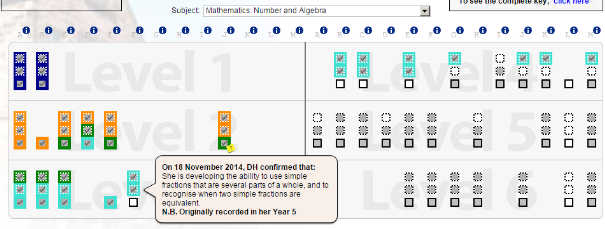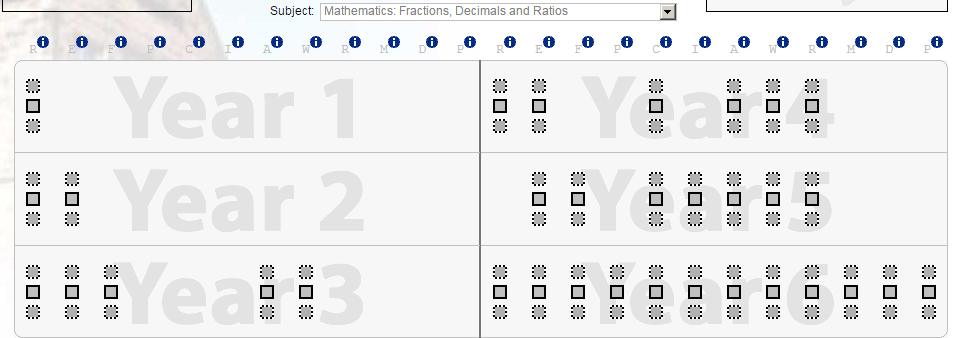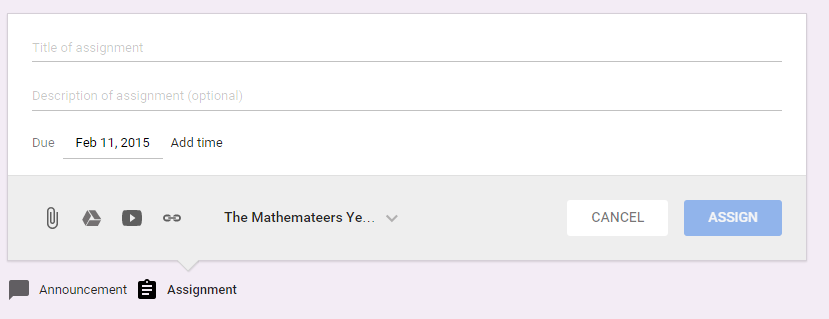Since June (and the bad Ofsted and bad SATs results) I have been working on improving planning in maths and it’s really worked. Here’s how.
1. Impose a planning format
If you know anything about union and indeed Ofsted guidance you’ll know that is the *wrong* thing to do. But it’s exactly what I did at my school. I imposed a planning format that everyone had to use.
But planning is for the teacher, not the senior leader, I hear many cry.
No. I disagree.
Planning is for the child.
For too long we had written plans that support what the teacher might say in front of the children, how they might model or an activity or what learning resources they should prepare before the lesson. What we had not done is really think about what the child needs to do during a sequence of lessons to achieve the goals set out in the unit of work.
So in fact, while it was an official planning proforma that I imposed, it was actually the principle behind it that was important. And the principle was this: start the unit plan by writing the final lesson’s learning objective. Then work backwards through the learning objectives that build up to the final one to create a learning journey for the children. It’s a bit like that picture I shared 2 days ago. Then, for each day, plan what children who were likely to exceed the set learning objective might accomplish, and do the same for children who would struggle each lesson.
When this was done, each lesson would have 3 learning objectives around a similar aim, and each lesson would also built towards the next lesson.
What was great was that the teachers who got this, swiftly diverged from the planning proforma I had set up. They got the principle, so who cares if the format looks different? So much for the planning format imposition! What I found is that the teachers who needed most support where those who thought they were doing it right by merely filling in the boxes of the planning proforma without really thinking about the principle. And for these the proforma was a great starting point for explaining the principle in greater depth, thereby developing their mathematics subject knowledge.
2. Supply some medium term plans
There’s a lot to think about in mathematics, especially when you’re a non-specialist dealing with a brand new curriculum that you’ve had little or no training for. While I’m a big fan of ‘ownership’, as I wrote about yesterday, there is a limit to how much new stuff any teacher can take on in one year.
So I gave everyone medium term plans. I had some help. Various folk from different parts of the country have made maths plans and overviews and the like, so I used a few different documents to create medium term plans for mathematics for Years 1-6. I’m going to save the post for the ideal mathematics medium term plan model for another day (probably tomorrow), but suffice it to say that the medium term plans I’ve written have been a useful framework for teachers creating their unit plans mentioned above.
3. Link the medium term plans with assessment
The big problem we have at the moment in Primary is assessment. Nobody is quite sure what the age-related expected standard will look like. To make that more confusing, if a child is ‘age-related’ by the end of the academic year in mathematics, what sort of maths should they be able to do by December? or Easter?.
I looked around for some tests, and found none that suited what I wanted, so I made my own. Well that’s not quite true. I am making my own. So far I’ve made tests for Autumn 1, Autumn 2 and Spring 1. Each of these tests is linked with the medium term plan that should have been taught during that half term.
Of course, I don’t actually agree with testing a curriculum that is not best-fit. I’ve already written about the problems of the previous level-based assessment system being best-fit and how it disadvantages children. And of course any test is a best-fit measure. It seems ludicrous to me to create an ‘expected standard’ curriculum and then use a ‘best-fit’ tool (like a test) to measure how well each child has done, but that, again, is another post, for another time.
The point is that by analysing the tests, each teacher has been able to find out which bits of that unit the child did less well on and use that knowledge to follow up and plan further interventions during the next half term.
In conclusion
I’m biased obviously, but I think mathematics is in a much stronger place at my school than it was six months ago. We’ve had more conversations around mathematics knowledge in the last few months than in the previous five years, and I can really see teachers taking ownership of their maths teaching, rather than relying on third party solutions and merely delivering lessons.
In my next post I’m going to attempt to compare some different models for mathematics medium term planning that I’ve seen.








